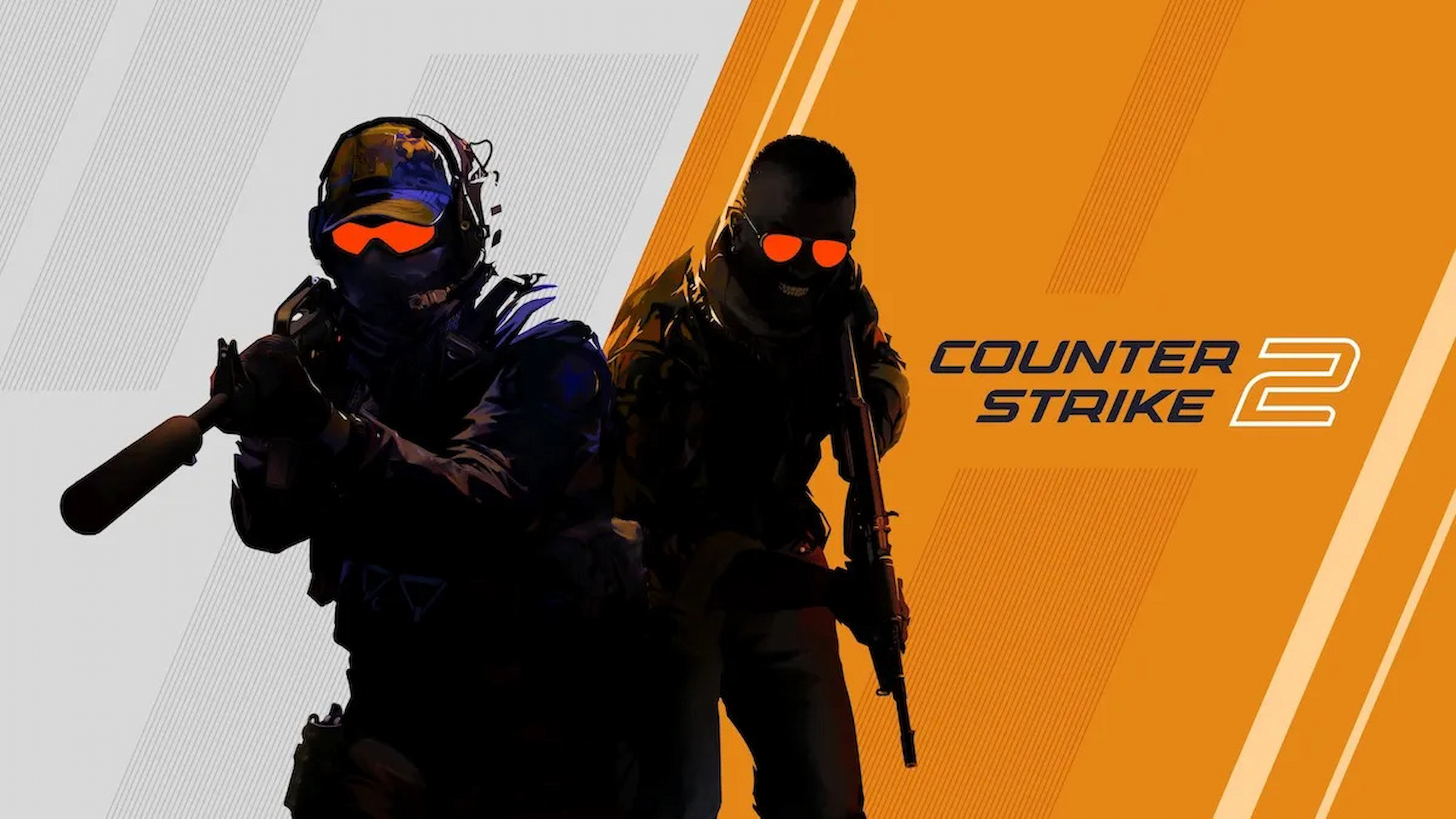League of Legends esports was one of the first to return to LAN events in 2020. When other sports and esports titles were struggling due to the pandemic, League thrived.
The COVID-19 pandemic has been an unforeseen tragedy that has affected millions across the world, and its effects have been felt by all. In a year like no other, industries have taken a huge hit, especially the ones whose revenue relied on in-person events. The sporting world, in particular, suffered due to social distancing measures and restrictions on international travel. But where traditional sports were left unable to provide entertainment to audiences across the world, esports stepped into the spotlight.
Although faced with plenty of their own COVID-related issues, esports thrived in 2020. With so many fans confined to their homes, time spent watching esports events reached an all-time high. The 2020 League of Legends World Championship, the most-watched esports event of 2020 according to Reuters, reached a record average minute audience of 23 million concurrent viewers.
Total event viewership for Worlds saw a 61.8 percent increase from the previous year, and was one of the only esports events of the year that took place in-person. After a rigorous quarantine procedure for all attending teams to ensure anti-virus protocols were observed. There was even a small audience allowed in the Shanghai venue for the finals. The eventual World Champions Damwon Gaming, were afforded the luxury of raising the Summoner’s cup in front of over 6,000 people.
The Timeline to the World Championship

The ease with which the World Championship appeared to operate could have easily fooled fans into thinking that League of Legends esports had it easy. They didn’t. The year began fairly unremarkably for Western League of Legends - until positive COVID tests by broadcast members of the League of Legends European Championship (LEC) and League of Legends Championship Series (LCS) sent both productions completely online. The Mid-Season Invitational, one of only two international events in the League's calendar, was canceled.
Although the European broadcast team was able to return to the studio midway through Spring due to changes in lockdown restrictions in Berlin, the North American broadcast has remained almost entirely remote due to continuing stay-at-home orders in Los Angeles. Both regions were faced with the unique challenges of producing a hundred-thousand viewer product from the bedrooms of its on-air talent. Technical issues were rife in the first few weeks of production, with failing internet for casters and players alike meaning that in-game pauses were frequent and unavoidable.
LoL saw a viewership boost despite problems

However, throughout those first few weeks of teething, fans stuck around, and viewership numbers soared for both regions across the year. In the LEC, Riot reported a 70 percent jump in Summer finals viewership from the previous year, and an increase of around 85 percent in total hours watched for the Summer Split. The LCS saw a slightly less drastic increase, with the 2020 Summer finals drawing in 27.47 percent more viewers than 2019.
Throughout the year, questions surrounding the possibility of a World Championship were rife. The format of the League's competitive calendar is such that the year is designed to culminate in one huge showstopper of an international event. Just the previous year, Worlds finals had sold out tickets to the AccordHotels arena in Paris, France, with a capacity of 20,300. Now, fans were faced with the possibility that the World Championship wouldn’t even be taking place, with cross-continental play made essentially impossible by high ping.
The 2020 Worlds final - A LAN event in times of COVID
In August of 2020, speculations were brought to an end with the announcement of the location for the 2020 World Championships. Riot’s plan was to employ a ‘safety bubble’ around the venue in Shanghai, in which players would have to undertake a two week isolation period upon entering the country. Unfortunately, travel concerns meant that the two representatives from the Vietnamese Championship series would be unable to attend. However, for most other regions the quarantine and arrivals process was fairly simple.
It’s true that the World Championship didn’t feel quite the same without a live audience. However, the fact that it was able to take place at all is a feat within itself. In a year where many viewers of conventional and esports alike were deprived of competition, Riot Games managed to pull off a supreme balancing act to put themselves in the forefront of the COVID-19 esports world.
Related articles
What can be learned from Riot’s response?

One of the single most important features of Riot’s response to the COVID-19 crisis was that they weren’t afraid to present a less-polished product. One of Western League’s greatest strengths has always been the likeability of its broadcast talent. This was something that Riot capitalized on throughout the course of the pandemic.
Throughout all of the numerous pauses caused by internet issues, casters were able to deliver an engaging informative product for hour-long stretches of time. They did this by improvising talk-show-style analytical segments to educate and engage viewers.
These broadcasts were far from perfect, but they didn’t pretend to be. The product became much more akin to a Twitch stream than a sports broadcast, and this turned out to be a huge asset to the League. Suddenly, casters had an opportunity to let their personalities shine in completely unique circumstances, and both the LEC and the LCS utilized this to their full advantage.
Riot Games worked with the community to create an amazing product
Both leagues also benefited massively from co-streaming. Popular live streamers like IWillDominate, Meteos, and LS were given the rights to stream LEC and LCS games on their own Twitch channels, providing their own commentary and often bringing on special guests. Rather than taking viewership away from the official broadcasts of each region, these co-streams helped to introduce a new audience to competitive League of Legends esports.
Another of the key takeaways for the rest of the esports world from Riot’s response is the importance of personal branding for on-air talent. Particularly in the LEC, fans are just as much tuning in for the pre-game banter between casters and analysts as they are for the games themselves. In the LEC, the broadcast focused on establishing strong ‘duos’ for their broadcast team, pairing off color casters and play-by-play casters in order to allow each duo to develop their own flair.
The LCS focused their attention on developing pre-game segments with guest talent, and have expanded their broadcast team in 2021 to include ex-player Allorim and esports journalist Emily Rand. Both of whom are able to bring a refreshingly unique perspective to the broadcast.
With the Spring Split wrapping up across the globe for League, Riot have announced their plans for the return of the Mid-Season Invitational in Reyjavik, Iceland. Despite the recent seismic and volcanic activity in the area, Riot have made no indication that there will be any change to these plans, making MSI 2021 Riot’s second COVID-19 event that will go ahead in person. The level of planning required to pull off these events has been nothing short of phenomenal. That said, it’s been worth its weight in gold, with League of Legends continuing to pull in higher viewership week in, week out throughout the course of the pandemic.
Stay tuned to Esports.gg for the latest League of Legends news and updates.


